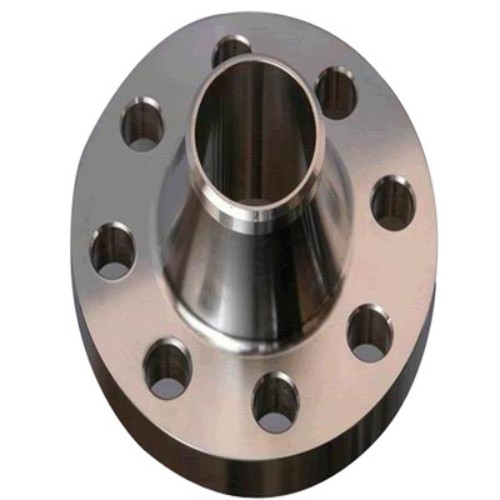90 degree ball valve
Understanding the 90-Degree Ball Valve A Vital Component in Fluid Control
In various industrial and residential applications, effective fluid control is crucial. Among the many types of valves available today, the 90-degree ball valve stands out as an essential component for regulating the flow of liquids and gases. This article will delve into the design, operation, benefits, and applications of the 90-degree ball valve, providing insight into its importance in fluid control systems.
What is a 90-Degree Ball Valve?
A 90-degree ball valve is a type of quarter-turn valve that features a spherical disc, or ball, with a hole (or port) through its center that allows fluid to flow when aligned with the piping. When the valve is turned a quarter turn, it either opens or closes the flow, making it ideal for applications requiring rapid shut-off capabilities. The term 90-degree refers to the valve's ability to redirect flow to an adjacent pipe at a 90-degree angle, which is particularly useful in complex piping systems.
Design and Operation
The construction of a 90-degree ball valve typically consists of a body, ball, seats, stem, and actuator or handle. The body can be made from various materials, including brass, stainless steel, plastic, or bronze, depending on the application and medium being controlled.
The ball is the heart of the valve; when it is rotated, the hole within the ball aligns with the flow path, allowing fluid to move through. Conversely, when the ball is turned at 90 degrees, the hole is perpendicular to the flow path, effectively sealing off the flow.
Operating a 90-degree ball valve is straightforward and can often be performed manually with a lever or automatically using actuators. This simplicity enhances the valve's reliability and longevity, reducing maintenance requirements over time.
Benefits of 90-Degree Ball Valves
1. Quick Operation The quarter-turn feature of the valve facilitates swift opening and closing, making it suitable for applications that require rapid flow control.
3. Durability The materials used in the construction of these valves are often highly resistant to corrosion and wear, ensuring a long lifespan even in demanding conditions.
90 degree ball valve

4. Versatile Applications 90-degree ball valves can be employed in a wide array of applications, including water distribution, oil and gas industries, chemical processing, HVAC systems, and irrigation.
5. Seal Integrity With their design, 90-degree ball valves provide a tight seal when closed, preventing leaks and maintaining system integrity.
Applications
The versatility of 90-degree ball valves is evident across various sectors
- Water Supply Systems They are commonly used in municipal water supply systems to control the flow and direction of water.
- Oil and Gas In the oil and gas industry, these valves play a vital role in controlling pipelines and wellhead operations, where reliability and quick operation are paramount.
- Chemical Processing The ability to handle corrosive materials makes these valves suitable for chemical processing plants, where strict control of fluid flow is necessary.
- HVAC Systems In heating, ventilation, and air conditioning (HVAC) systems, 90-degree ball valves are used to regulate and redirect air and fluid flows.
- Irrigation Systems Farmers and agricultural sectors utilize these valves for controlling water flow in irrigation systems, ensuring efficient water usage.
Conclusion
In summary, the 90-degree ball valve is an indispensable component in fluid control systems, combining quick operation, durability, and versatility. Its ability to redirect flow and provide excellent sealing makes it an ideal choice for various industrial and residential applications. Understanding its function and advantages can help engineers, technicians, and facility managers optimize their fluid systems for improved performance and reliability. As industries continue to evolve, the 90-degree ball valve will undoubtedly remain a key player in the realm of fluid management.
-
The Key to Fluid Control: Exploring the Advantages of Ball Valves in Industrial SystemsNewsJul.09,2025
-
The Versatile World of 1, 2, and 3 Piece Ball ValvesNewsJul.09,2025
-
Stainless Steel Ball Valves: The Ideal Choice for Efficient Flow ControlNewsJul.09,2025
-
Optimizing Fluid Control with Ball Float ValvesNewsJul.09,2025
-
Manual Gate Valves: Essential for Control and EfficiencyNewsJul.09,2025
-
Everything You Need to Know About Butterfly ValvesNewsJul.09,2025
-
The Versatility of Wafer Type Butterfly ValvesNewsJul.08,2025




